Study of Greyhounds, 1963
Pencil, stump, and watercolor highlights.
Signed in the lower right and dated "Oct. 63".
49 x 64 cm
Provenance:
Private collection
This drawing, attributed to Xavier de Poret, finely illustrates a study of greyhounds created in 1963. Although it is signed by Jacques de Poret, the artist’s son, this attribution seems to be an error. Indeed, the style, quality of execution, subject matter, and period of creation correspond to the work of Xavier de Poret, who became renowned for his depictions of greyhounds, which he often drew for Hermès scarves in the 1960s.
Xavier de Poret, known for his talent as an animal illustrator, stood out for the precision and sensitivity he brought to his works. Trained at the École des Beaux-Arts, he developed a fascination with wildlife, particularly horses, birds, and dogs. In the 1950s and 1960s, he was commissioned by the prestigious Hermès fashion house to create a series of drawings that would later be reproduced on silk scarves. His compositions are characterized by delicate lines and the subtle use of watercolor, giving his subjects both lightness and striking realism.
The study presented here is part of this artistic approach. The greyhounds, slender and elegant creatures, are depicted with a minimalist technique that highlights the finesse of their form. The use of pencil, enhanced by watercolor touches, accentuates the volumes while maintaining a great lightness. The composition breathes; each line seems carefully placed to emphasize the sleek elegance of these dogs, often symbols of grace in art.
This focus on naturalistic precision places Xavier de Poret among the successors of great animal artists like Rosa Bonheur and Alfred Munnings. His work for Hermès, particularly his depictions of greyhounds, significantly contributed to his reputation in the luxury and fashion world.
The artwork presented here, with its subject and format, undeniably evokes this prolific period in the artist's career. His technical mastery and ability to capture the nobility and vitality of animals make this study a remarkable example of 20th-century animal art.








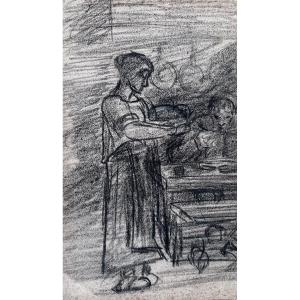


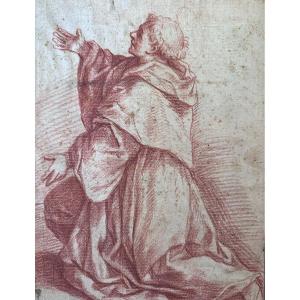
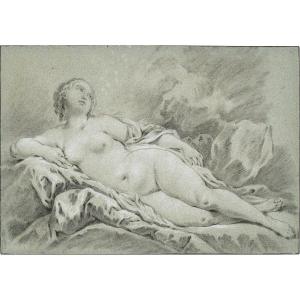

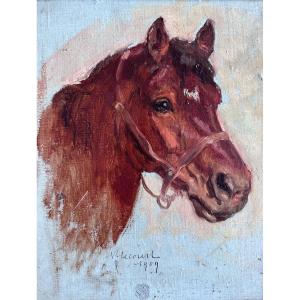








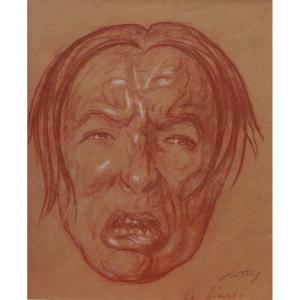




 Le Magazine de PROANTIC
Le Magazine de PROANTIC TRÉSORS Magazine
TRÉSORS Magazine Rivista Artiquariato
Rivista Artiquariato